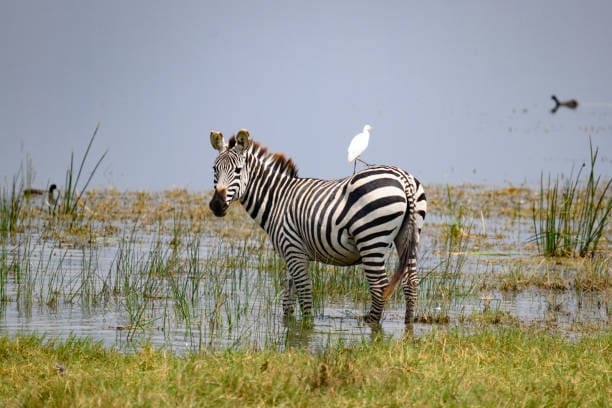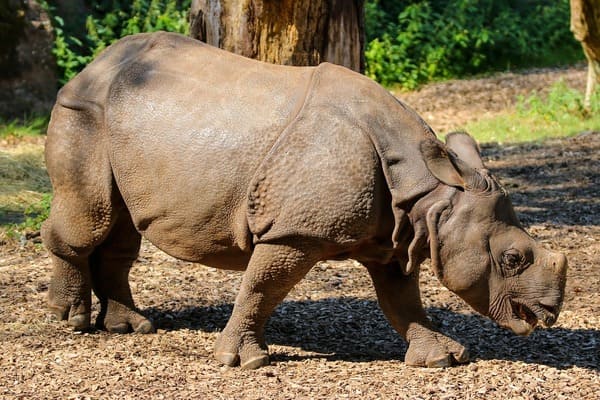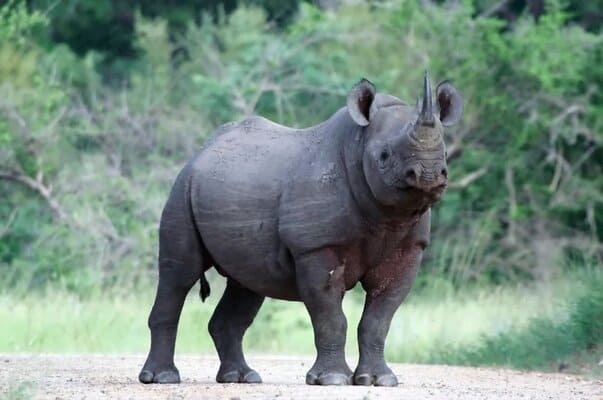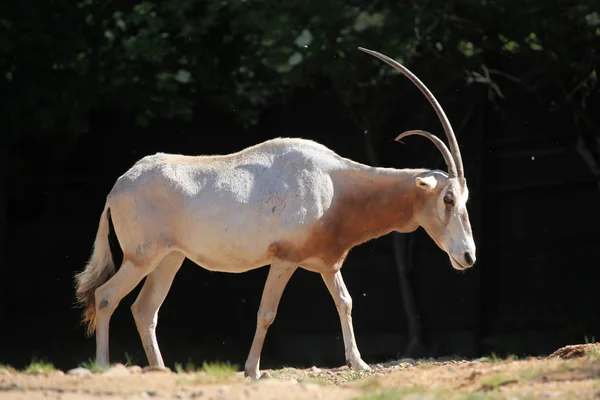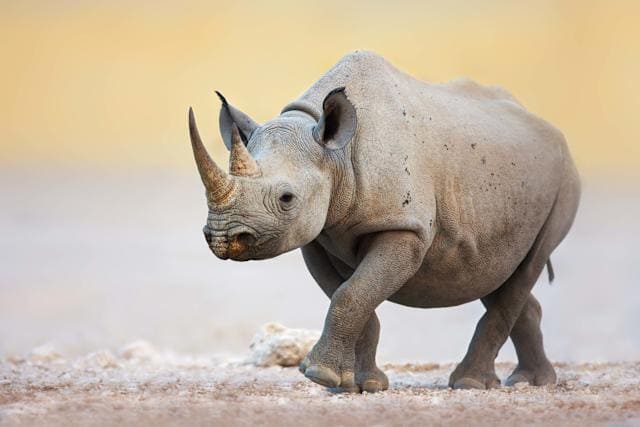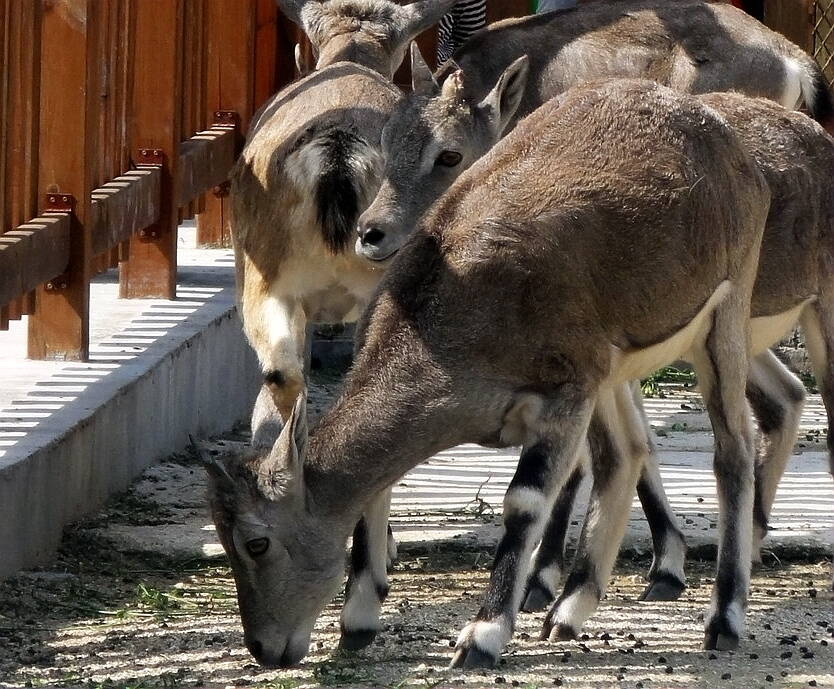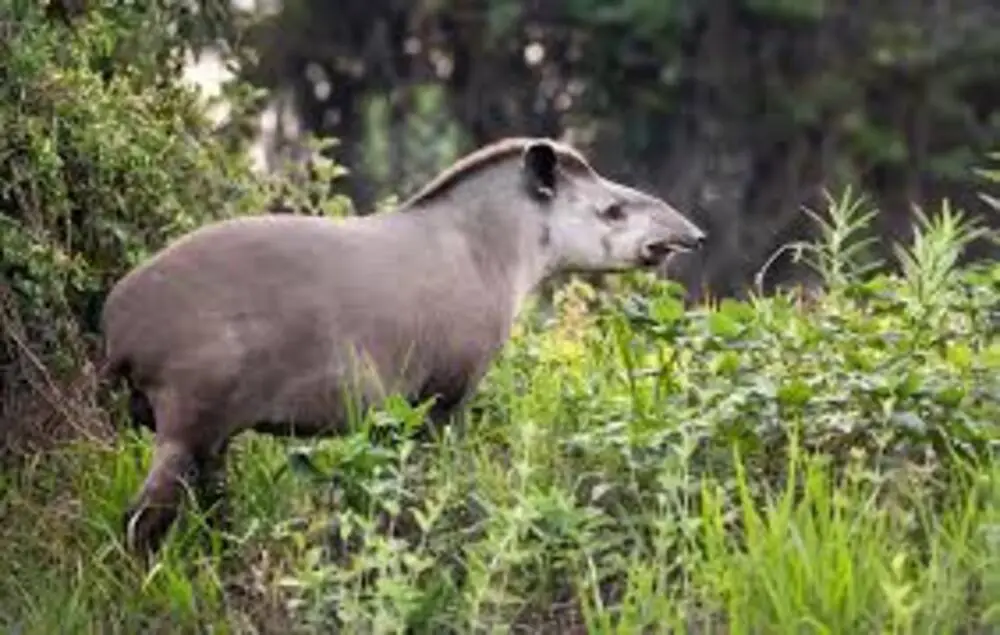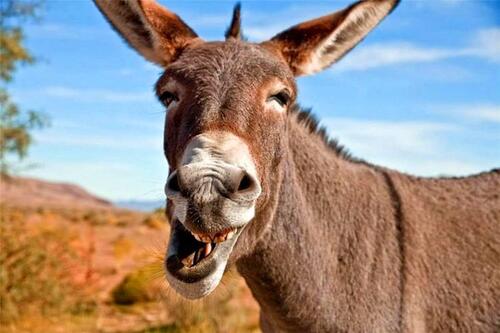takin
IUCN
LCBasic Information
Scientific classification
- name:takin
- Scientific Name:Takin,wildebeest,golden takin
- Outline:Ungulata
- Family:Artiodactyla Bovidae
Vital signs
- length:170-220cm
- Weight:250-350kg
- lifetime:12-15 years old
Feature
It is shaped like a cow and sounds like a sheep. It is also known as the four different things.
Distribution and Habitat
Takin are distributed in five Asian countries: China, India, Nepal, Bhutan and Myanmar. China is the country with the richest takin resources. Takin inhabit high altitude mountain cliff areas. From low to high, there are evergreen and deciduous broad-leaf forests, deciduous broad-leaf forests, mixed coniferous and broad-leaved forests, coniferous forests and alpine meadow shrubs. The higher the altitude, the cooler the conditions and the colder the climate. The takin is the national animal of Bhutan and is called "Takin" in Bhutan. The number is rare, with only a few thousand left in China.
Appearance
Takin are thick in shape, with a shoulder height of 110-120 cm. Males can weigh up to 400 kilograms, and the largest ones can reach a shoulder height of 2 meters and weigh up to 1 ton. Both sexes have short horns. The side profile of the takin shows that the shoulders are higher than the hips, the head is huge, and the side profile of the face is an obvious curved bulge. Both male and female individuals have a pair of black to brown-black horns, which grow vertically when the cub is one year old, and then sharply bend backwards as it grows older, with the horn tips slightly upturned. Adult males have thicker horns than females, and the distance between the horns is wider. Takin are covered in thick, long hair that is coarse in texture and usually darker in the center of the back. The coat color of adults is usually golden to brown, but there is considerable variation. The coat color of sub-adults and females is usually lighter than that of males. The neck of an adult male has an obviou
Details
Takin is a large bovine herbivore distributed in the dense forests of the eastern foothills of the Himalayas. Due to different origins, the coat color gradually becomes lighter from south to north. Divided into 4 subspecies: Gaoligong takin, Bhutan takin, Sichuan takin, Qinling takin, all produced in China. The takin is not a cow. It belongs to the subfamily Bovidae and is close to the boreal antelope in classification. The coat color of the takin is light golden yellow or tan. There are long, beard-like hairs under the jaw and neck. Both males and females have thick horns with smooth tips, which first bend from the top of the head to the sides, and then twist back and upward, with the tips of the horns pointing inward, so they are also called takin.
Takin are agile climbers, although they move slowly most of the time, they can run quickly in steep and complex mountain environments when attacking opponents and avoiding threats. The distribution of takin can span an altitude range of more than 1,000-3,000 meters. Takin have the habit of seasonal vertical migration along the altitude gradient. It has a hunched back and a staggering gait when moving, but when necessary, it can jump over a 2.4-meter-high branch, or use its front legs and chest to deal with a tree trunk blocking the way forward, bending it until it breaks. Some takin become separated from the group and have to "wander" alone. These lone bulls tend to have bad tempers and can easily hurt others. Therefore, when encountering a takin walking alone, you must be particularly careful and avoid it in time to prevent danger. When you encounter a takin, you should not panic or run away. You can immediately climb up to a high place or lie down on the spot and remain motionless. The takin will not hurt anyone.

Takin are highly gregarious, often moving together in groups of more than a dozen, up to twenty or thirty, or even in large groups of more than a hundred. Larger groups will appear in winter. When the herd is in normal activities, there is usually a strong man standing on a high place to watch and watch. If there is an enemy, the leading cow will lead the herd to rush forward, unstoppable, until they are out of danger. Adult males usually like to live a solitary life, so they are called "lone bulls"; there are also 2-3 males that live together, which are called "double bulls".
Takin feed on at least 100 kinds of plants, and even up to 300 kinds. Some are natural Chinese herbal medicines that have anti-diarrhoeal and insect-repelling properties and can resist diseases. It also likes to lick rock salt, nitrate salt or drink salt water to meet its own needs. Therefore, places with more salt in the forest are often populated by cattle. The gathering point likes to live in groups. In spring, takin feed on grasses of the family Gramineae and Liliaceae, bamboo shoots and leaves, as well as some twigs and young leaves of shrubs. In summer, they move to high places to collect herbs that produce a variety of vitamins and starch. In autumn, they feed on the fruits of plants, and in winter they enter alpine mesas or sunny mountains, where they mainly feed on arrow bamboo, fir and other bark and shrub twigs.
Takin enter the mating season from July to August every year. At this time, the temperament of the male bulls becomes particularly ferocious. In order to compete for the female bull, the strong male bulls engage in a desperate fight with each other. Only after the loser retreats into the herd can the winner mate with the female. The gestation period of takin is about 9 months, and they usually give birth to one calf from March to May of the following year.
Regardless of the season, the daily activity pattern of takin is roughly the same. The peak feeding time is in the morning and before dusk, and they rest and ruminate during the rest of the day. They are also sometimes more active at night. Adult males (lone bulls) that move alone are highly aggressive and will actively attack people when they feel threatened; adult females with cubs are also aggressive. In the takin's range, its original natural predators (such as jackals) have been greatly reduced. Every spring, dead takin carcasses are often seen in valleys, streams and other low-altitude areas, often attracting wild boars, black bears and other small and medium-sized carnivores to feed (scavenge).

